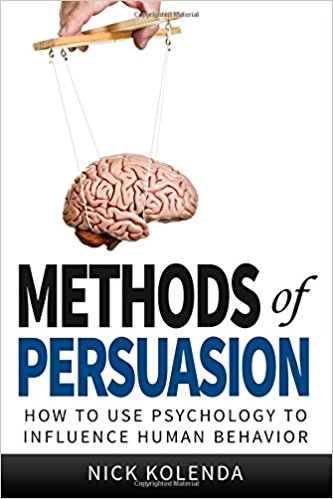Over the years I’ve been conducting focus groups, I’ve been struck by how customers personify companies they do business with. Those of us who have been behind the scenes may realize that most companies are simply made up of people trying not to get fired (or perhaps even get a promotion!), but customers attribute human-like motives to companies.
But for some reason, many companies shy away from showing any kind of personality. The default corporate personality is “neutral.” Perhaps that feels safe, but if a company doesn’t stake out a personality, customers will attribute personality characteristics to the company anyway… and they could be negative. We want customers to feel the company is “on their side” rather than “out to get them!”
Here’s an example of a company that’s not afraid to show personality: I recently ordered a product from Native Deodorant, and received the following shipping notification:
Your bar of Native Deodorant was gently pulled by our team of experts and placed on a gold-trimmed pillow stuffed with the finest fibers known to man. Then, a team of six inspectors examined your deodorant under a magnifying glass, ensuring it was in perfect condition.
Once the inspection was complete, our veteran polisher (he was previously employed at the Tower of London, where he was responsible for polishing the Queen’s jewels) polished it as a quiet hush fell over the warehouse. “This package is getting shipped to Jay,” he whispered. “Take good care of it.”
Conveying personality isn’t necessarily an expensive endeavor, but it requires a decision from management and follow-through to make sure the personality is conveyed in all customers’ interactions with the brand. In recent years, airlines have been showing safety videos with personality, but unfortunately, that personality usually does not extend to other areas of the customer experience (with some exceptions, such as Virgin and Southwest).
While cute or irreverent examples of brand personality may be most memorable, that may not be appropriate for all companies. Nor is it necessary. An example of brand personality that sticks in my mind: when completing a joint tax return using TurboTax (by Intuit), the interview asks if either of the spouses has died in the past year. If you answer “yes,” the software says “We’re really sorry to hear that. Our condolences.” That gesture didn’t cost the company anything, but really touched many of their customers. Clearly, Intuit has focused on incorporating the brand personality into the customer experience.
Let’s discuss how brand personality can help your company. Call me at 760-469-9266 or email info at bureauwest.com.
